Amber is an ancient resin that dates back 30 to 90 million years, known for its beautiful colors and feng shui properties. Let’s explore what amber is and its characteristics and effects on health!
1. An Overview of Amber
What is Amber?
Amber, scientifically known as Amber or succinite, is a fossilized resin found in ancient trees. It is also called blood amber, red pine, and bright amber.
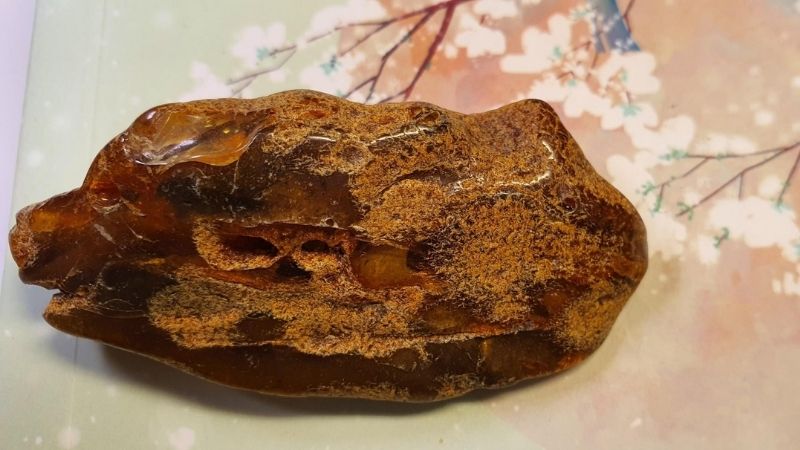 Amber, scientifically known as Amber
Amber, scientifically known as Amber
Amber is found and mined in various countries, including those along the Baltic Sea and some Southeast Asian nations such as Myanmar and Vietnam. It comes in a range of colors, including yellow, brown, gray, black, and especially blue, with the blue variety being extremely rare and valuable.
Characteristics of Amber
Amber exhibits a diverse range of colors, including yellow, reddish-yellow, red, green, brown, and white. Thanks to its colorful nature, ease of crafting through grinding, carving, and sculpting, and lightweight property, amber is ideal for creating jewelry, such as bracelets. Interestingly, amber sinks in freshwater but floats in saltwater.
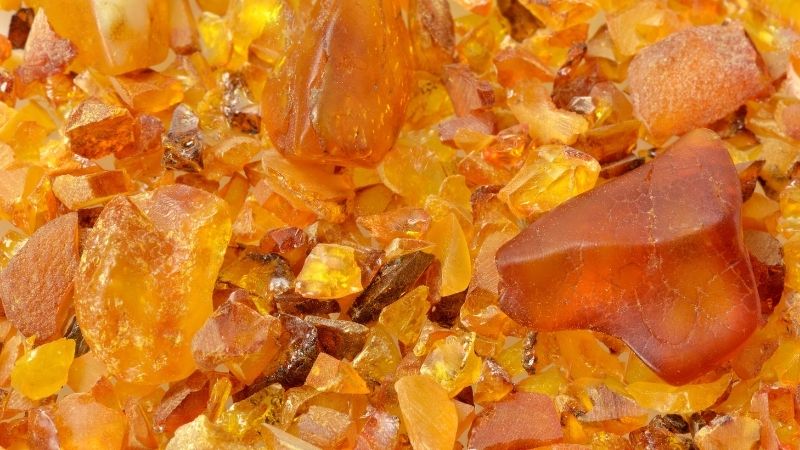 Characteristics of Amber
Characteristics of Amber
Amber also contains approximately 3-8% succinic acid, which is believed to possess healing properties. Additionally, amber can store electrical charge, conduct electricity, and has low thermal conductivity. When burned, it produces a yellow flame and emits a pine-like aroma.
Notable Properties of Amber
The following table summarizes some of the most notable characteristics of amber:
| Chemical Composition | C10H16O |
|---|---|
| Mohs Hardness | 2- 2.5 |
| Melting Point | 315-350°C |
| Birthstone Month | November |
| Representing Planet | Sun |
| Compatible Zodiac Signs | Leo, Aquarius |
| Feng Shui Element | Earth |
| Major Sources | UK, Russia, Italy, Germany, Poland, Dominican Republic, Myanmar, Romania |
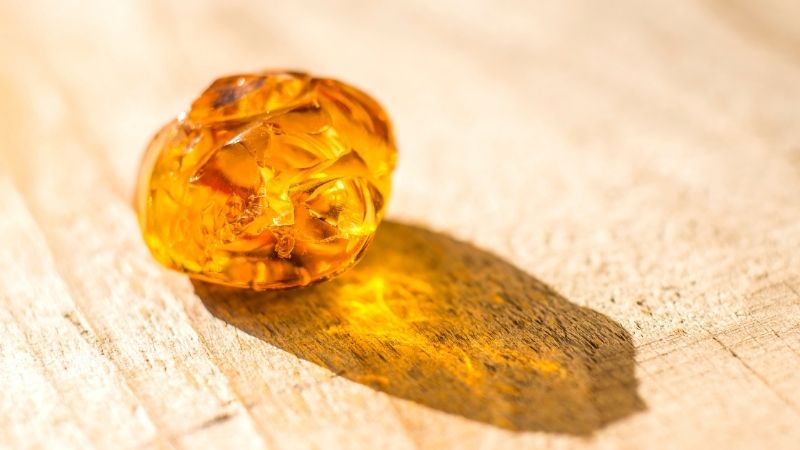 Notable Properties of Amber
Notable Properties of Amber
Types of Natural Amber
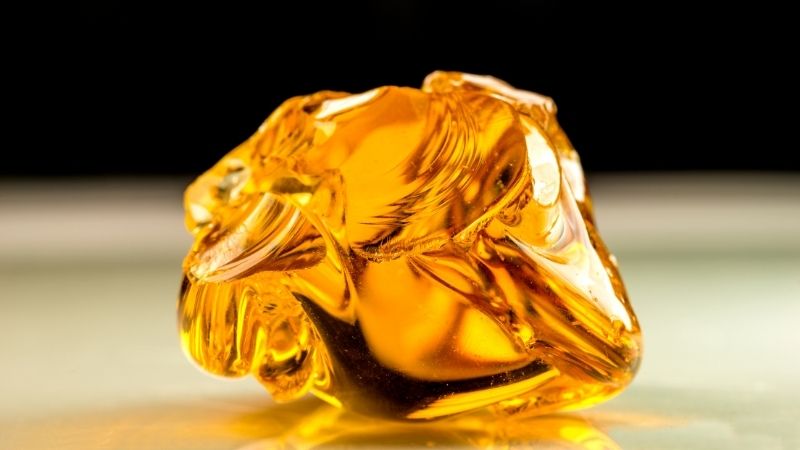 Types of Natural Amber
Types of Natural Amber
-
Young Amber (Copal): This type of amber forms in a relatively short period, resulting in lighter and less vibrant colors compared to ancient amber.
-
Baltic Amber: Found on land near the Baltic Sea, this variety is also called succinite due to its high succinic acid content, reaching up to 8%.
-
Dominican Amber: Characterized by yellow, golden, and occasionally red hues, the rarest and most valuable type is the blue amber. Dominican amber is clearer than Baltic amber, and the blue variety is unique to the Dominican Republic.
2. The Effects of Amber on Health
Amber contains succinic acid, a potent antioxidant that supports the nervous system, boosts immunity, and fights infections.
 The Effects of Amber on Health
The Effects of Amber on Health
Amber is also used as a purifying stone, stimulating the body’s self-healing abilities. It can be placed directly on wounds to expedite healing. In traditional Chinese medicine, amber is believed to clear energy blockages, improve blood circulation, promote better sleep, and benefit the liver, kidneys, spleen, and gallbladder.
3. Using Amber in Feng Shui
Placing Amber in the Bedroom
Positioning amber under the bed or in the center of the bedroom attracts earth energy, bringing stability, good fortune, and a sense of grounding to its owner.
Keeping Amber in the Kitchen
Amber wards off negative energies, ensuring harmonious and happy family meals.
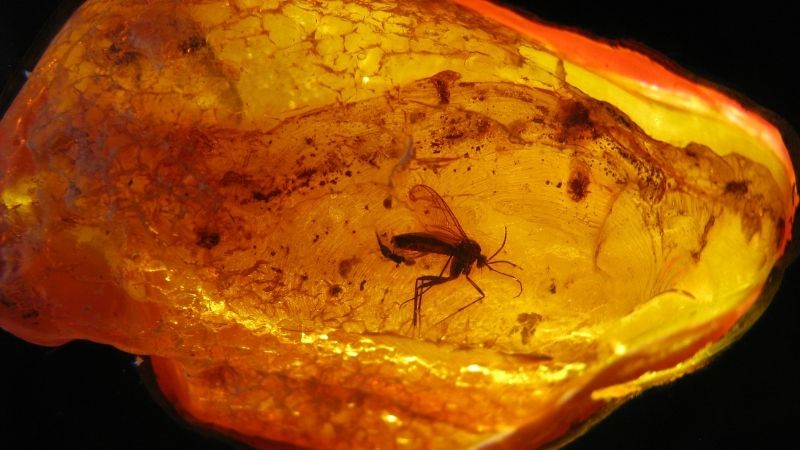 Amber wards off negative energies
Amber wards off negative energies
Displaying Amber on the Ancestral Altar
When placed on the ancestral altar, amber attracts positive energy and helps manifest the sincere wishes of its owner.
Carrying Amber on Your Person
With its unique beauty, amber is crafted into eye-catching jewelry. Wearing amber jewelry or carrying it with you helps maintain positive energy levels, attracts good luck, and promotes healing.
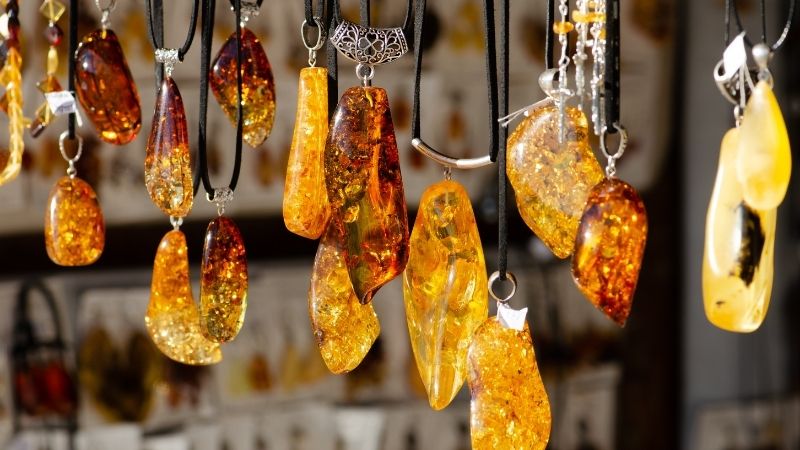 Wearing amber jewelry brings good luck
Wearing amber jewelry brings good luck
4. Caring for Amber
As amber is delicate and prone to damage, special care is required in its maintenance.
Avoid cleaning amber with steam or ultrasonic cleaners, as these methods can increase the risk of cracking. Instead, gently wash amber with warm water and a soft cloth, then dry it with a soft towel.
 Caring for Amber
Caring for Amber
Prolonged exposure to direct sunlight or chemicals should be avoided, as it may cause amber to lose its natural luster.
5. Frequently Asked Questions about Amber
Which Feng Shui Element is Amber Compatible With?
 Amber Compatibility with Feng Shui Elements
Amber Compatibility with Feng Shui Elements
Amber’s diverse colors bring good luck, prosperity, and health benefits to individuals of different elements.
-
Metal Element: Amber in yellow or brown balances the emotions of Metal individuals and attracts good fortune.
-
Earth and Fire Elements: Red or orange amber promotes luck in love and career for these elements, aiding in emotional regulation and wise decision-making.
-
Water and Wood Elements: These elements align with black, blue, or green amber. The powerful energy absorbed from these varieties energizes and strengthens the wearer.
How to Distinguish Real Amber from Fake?
To identify genuine amber, perform a float test—real amber floats in water while fake amber sinks. Additionally, authentic amber feels warm when held in the palm of your hand, and it emits a pleasant pine scent when gently rubbed. Moreover, real amber remains scratch-free when gently scraped with a fingernail, unlike fake amber.
 Distinguishing Real Amber from Fake
Distinguishing Real Amber from Fake
How Much Does Amber Cost?
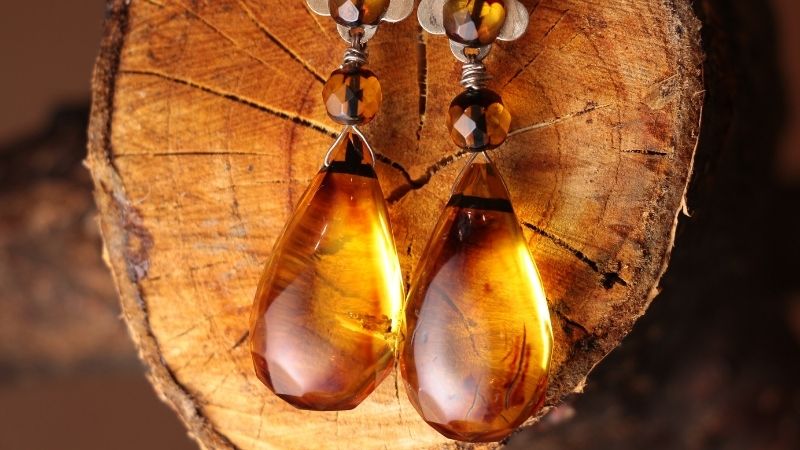 Amber Pricing
Amber Pricing
In Russia, the price of raw amber per kilogram ranges from 30,000 to 150,000 rubles (approximately $470 to $2,400), depending on the complexity of the manufacturing process.
We hope you found this article informative and helpful. Thank you for reading!






































